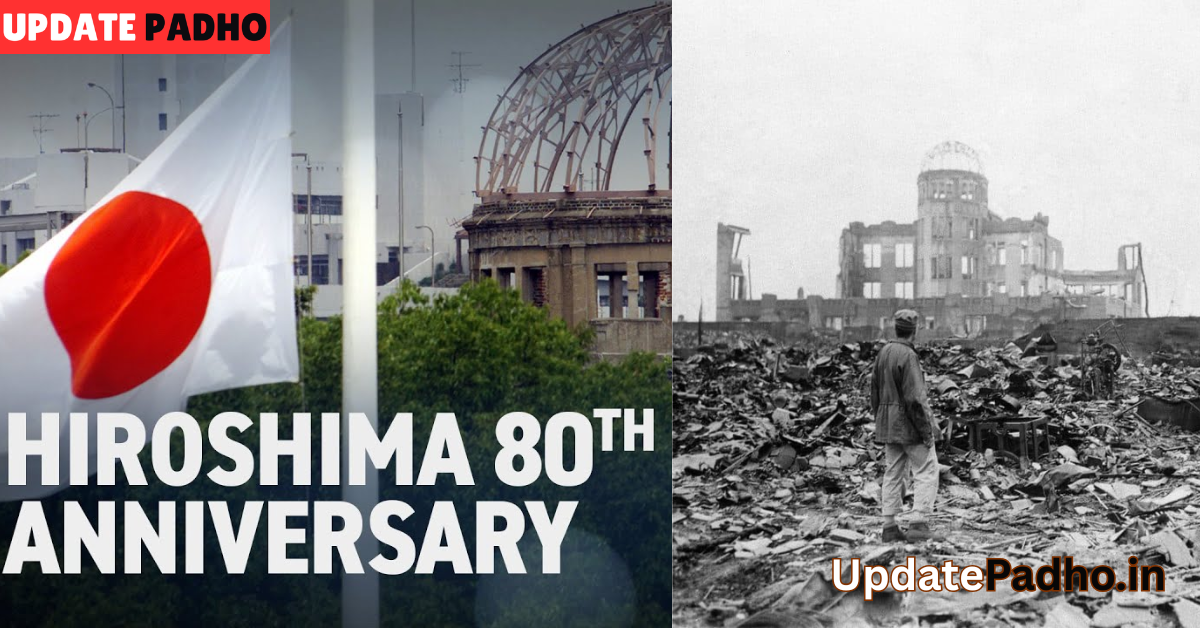On the morning of August 6, 1945, the city of Hiroshima was forever changed. In a flash of light and an explosion that shook the world, Hiroshima became the first city in history to suffer an atomic bombing. The bomb, “Little Boy,” was dropped by the United States, and it killed approximately 140,000 people by the end of that year, either instantly or through injuries and radiation sickness. But why does Hiroshima continue to echo through history? Beyond the tragedy of that day, the city’s enduring significance is rooted in its symbolism, its resilience, and its role in shaping global attitudes toward nuclear weapons.
The Moment That Changed the World
The decision to drop the atomic bomb on Hiroshima has been debated ever since. The bomb’s devastating power, combined with the suffering it caused, marked a turning point in warfare, international relations, and the very idea of what humanity was capable of. Hiroshima was not a military target; it was a civilian city, home to nearly 350,000 people. Yet, the United States, in a bid to hasten the end of World War II, chose to strike here. The bombing was meant to force Japan’s surrender and avoid a ground invasion, which was projected to result in enormous casualties on both sides.
But Hiroshima wasn’t just a tactical decision—it was an event that reshaped the global landscape. The destruction caused by the bomb demonstrated the terrifying potential of nuclear weapons and forced the world to confront the devastating consequences of unchecked scientific advancement. From that day forward, the name Hiroshima would be synonymous not just with suffering, but with a call for peace, reflection, and the prevention of nuclear war.
Resilience and Rebuilding
Despite the near-total devastation wrought by the atomic bomb, Hiroshima quickly became a symbol of recovery and resilience. In the years following the bombing, the city was rebuilt, rising from the ashes to become a vibrant, modern metropolis. The people of Hiroshima refused to let the shadow of the past define their future.
However, the scars of the bombing remain deeply etched in the collective memory of its survivors, known as “Hibakusha.” These survivors became the voice of Hiroshima, sharing their stories with the world in a continued effort to ensure that future generations would never forget the horrors of nuclear war. Today, many Hibakusha are still alive, and their testimonies serve as a powerful reminder of the human cost of war.
As Hiroshima rebuilt itself, it transformed into a center for peace advocacy. The Hiroshima Peace Memorial Park, located at the site of the explosion, serves as both a tribute to the victims and a message of hope for the future. The iconic A-Bomb Dome, which survived the blast and remains standing, is a UNESCO World Heritage site and serves as a poignant symbol of the destruction caused by nuclear weapons.
A Symbol of Peace
Hiroshima has become the global epicenter for advocating nuclear disarmament. The city’s message is clear: the use of atomic weapons must never happen again. Every year on August 6, the city holds a memorial ceremony, where the mayor delivers a peace declaration and the world is reminded of the horrors of nuclear war. The ceremony culminates with the ringing of a peace bell and the release of doves, symbolizing the city’s commitment to peace and its aspiration for a world free of nuclear weapons.
In 1949, just a few years after the bombing, Hiroshima established the Hiroshima Peace Memorial Museum, which educates visitors about the bomb’s devastating impact. Through personal accounts, photographs, and artifacts, the museum vividly recounts the human suffering caused by the atomic bomb and the enduring effects on those who survived.
Lessons from Hiroshima: The Power of Remembrance
The significance of Hiroshima lies not just in its tragic past, but in the lessons it imparts. The city’s survival and transformation into a beacon of peace serve as a powerful reminder that even in the face of the worst atrocities, humanity has the potential for renewal and growth. Hiroshima teaches us about the horrors of war, but more importantly, it teaches us about hope, resilience, and the importance of remembrance.
Each year, as survivors pass away and time continues its march, the responsibility to remember and share Hiroshima’s story grows heavier. It is not only the people of Japan who must carry this burden, but the world at large. The devastation of Hiroshima was not confined to the people of Japan; it was a tragedy for all of humanity. The bomb’s effects transcended borders and cultures, leaving behind a legacy that stretches far beyond the physical destruction it caused.
In the 21st century, as the threat of nuclear conflict still looms over the world, Hiroshima’s message has never been more urgent. With the nuclear arms race still a reality and geopolitical tensions rising, the world must continually reflect on the lessons of Hiroshima. We must ask ourselves: Can we ensure that such a catastrophe never happens again?
Conclusion: The Everlasting Echo
Hiroshima will always be a place that evokes a mixture of sorrow, reverence, and hope. The events of August 6, 1945, are a stark reminder of the destructive power of humanity’s creations. But in the shadow of that destruction, Hiroshima has become a symbol of peace, resilience, and the enduring spirit of those who refuse to forget the horrors of the past.
As long as the city stands, its lessons will echo through history, reminding us all of the cost of war and the importance of striving for a world without nuclear weapons. In the words of the Hiroshima Peace Declaration, “Now, more than ever, the people of the world must come together to create a peaceful and nuclear-free world.”



